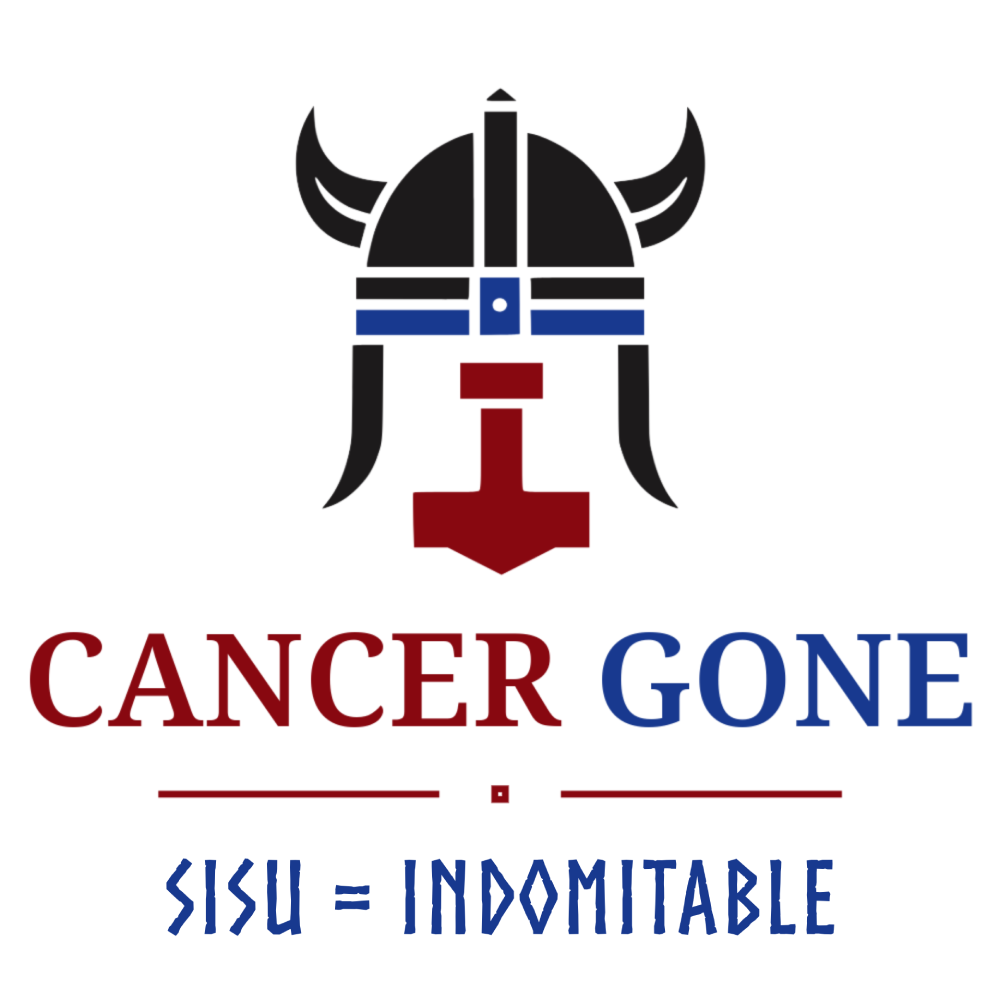Cancer survival rates are one way to show how effective various treatments, including chemotherapy, can be.
A survival rate refers to the percentage of people who live for a certain amount of time after a cancer diagnosis.
The Medical News Today Website provides a very useful breakdown of survival rates for different types of cancer. It also lists factors that influence survival rates and chemotherapy success rates:
Cancer survival by stage at diagnosis for England (experimental statistics):
Cancer Grade
Cancer grade is a measure of how abnormal the cancer cells appear under a microscope. More abnormal cells tend to grow and spread at a faster rate.
Cancer Stage
Cancer stage indicates how large a tumor is and how far its cells have spread. A doctor can use various systems to determine what stage a cancer has reached.
They may use the following 0–5 scaling system:
- Stage 1 usually means that a cancer is small and contained within the organ it started in.
- Stage 2 usually means that the tumour is larger than in stage 1 but the cancer hasn't started to spread into the surrounding tissues. Sometimes stage 2 means that cancer cells have spread into lymph nodes close to the tumour. This depends on the particular type of cancer.
- Stage 3 usually means the cancer is larger. It may have started to spread into surrounding tissues and there are cancer cells in the lymph nodes nearby.
- Stage 4 cancer is an advanced cancer. It means that the cancer has spread beyond its original location and into other areas of the body. Stage 4 cancer isn’t usually curable, but treatment may improve overall survival and quality of life.

Source: National Cancer Registration and Analysis Service – Public Health England
Notes:
1. People aged 15 to 99 at diagnosis.
2. Survival estimates take into account the normal rates of death in the general population and net survival is a measure of the extra deaths caused by the specific cancer. For some stage 1 & 2 cancer patients their net survival is greater than 100% which means there are fewer deaths among this cohort compared to the general population. This may be explained by people after diagnosis reducing risk factors associated with poor health, for example stopping smoking. Also because they now see a doctor more often, other health issues may be dealt with. The effect of these changes might be larger than the death rate for that cancer, especially for low-mortality cancers like prostate or melanoma. People diagnosed with early-stage cancer tend to be less deprived, and this might also contribute to lower than average mortality.
SHARE THIS PAGE




